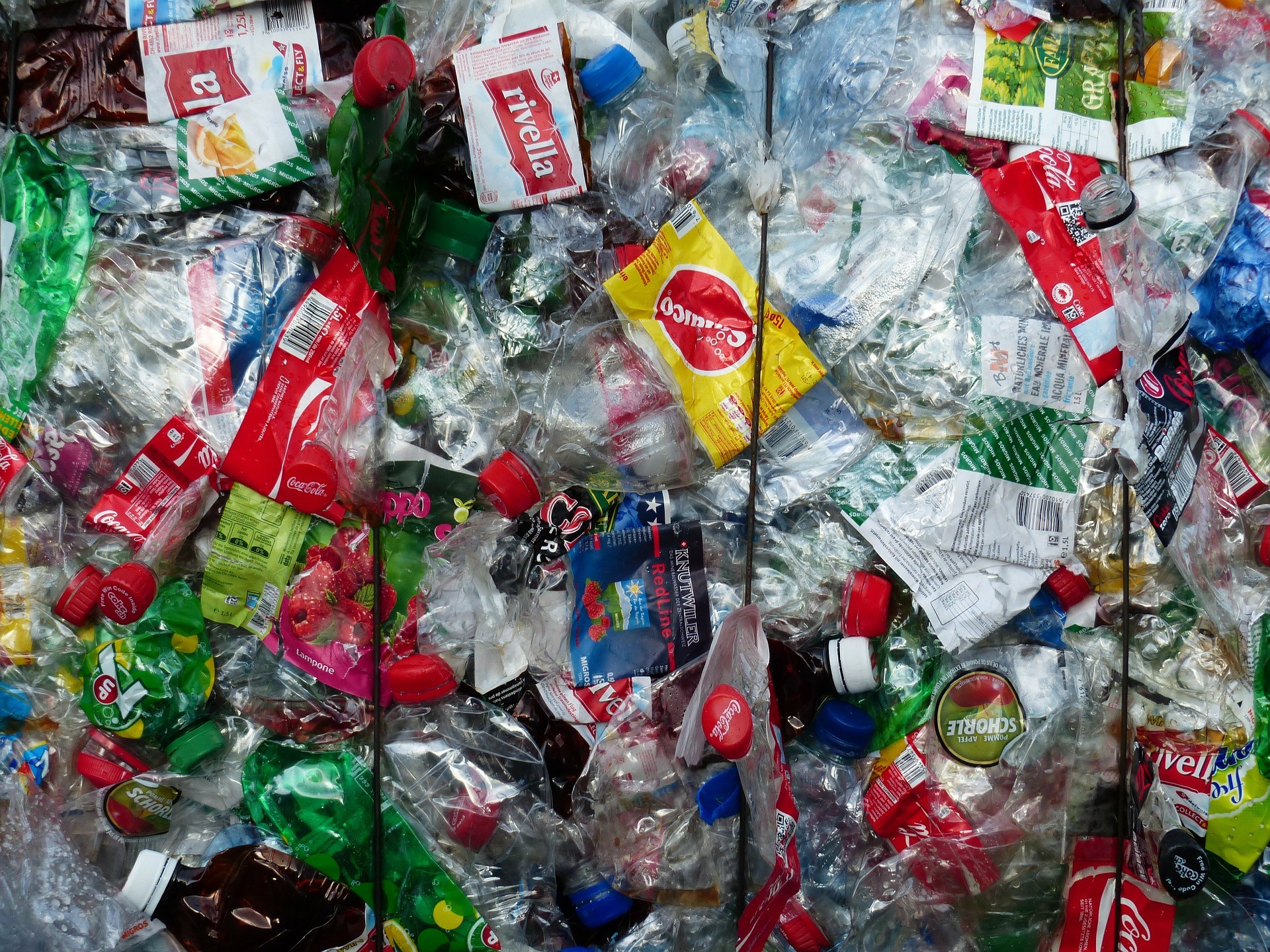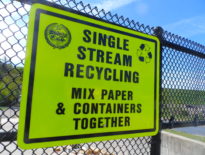Recently, environmental regulators in Maryland have proposed regulations that would require Wheelabrator’s Baltimore trash incinerator (also known as BRESCO) cut its emissions of nitrogen oxides (NOx) by approximately one-fifth, or about 200 tons a year. Nitrogen oxides contribute to smog and irritate the respiratory system, increasing the likelihood of lung diseases and strokes. The downtown facility is the city’s single largest source of industrial air pollution.
Mike Ewall of the Energy Justice Network, which has been working with the Baltimore City Council and local community and health organizations, responded that the proposed regulations are far from what is needed for the Baltimore incinerator, as well as the other remaining Maryland incinerator in Montgomery County. According to Ewall, “At best, it’s about a 13% reduction in nitrogen oxides, leaving the incinerator to still be the city’s largest NOx polluter by far. The Wheelabrator Baltimore incinerator is currently responsible for 57% of the NOx emissions from Baltimore City’s industry — and it’s a very industrialized city.”
NOx Admissions Limits in Parts Per Million
- 205 ppm: Wheelabrator incinerator’s current NOx emissions limit
- 166 ppm: their average NOx emissions in recent years
- 145-150 ppm: the new standard
- 45 ppm: the standard for new incinerators, already being met by the new unit in West Palm Beach, Fla.
The Energy Justice Network (EJN) helped get a resolution passed last year that calls on the state to set an emissions limit of 45 ppm. This limit was written into the permits granted to two proposed incinerators in Md., which were both defeated by local groups.
EJN is leading a campaign, with the support of over 20 other groups, to get Baltimore City to pass a local Baltimore Clean Air Act drafted by EJN. The Act has the support of the Baltimore Department of Health and a super-majority of City Council members is expressing support. If passed, this new law would force incinerators to meet the 45 ppm limit, which would essentially force the Wheelabrator incinerator to close.
Additionally, the limit for the Montgomery County incinerator is far above their actual NOx emissions level, which means no improvements will be made there. In that community, EJN has partnered with local community and environmental groups on a campaign to close the incinerator.
Citizen and environmental groups and progressive elected officials in both Baltimore and Montgomery County expect to have both incinerators closed by 2021 or 2022, once their current waste contracts expire.





